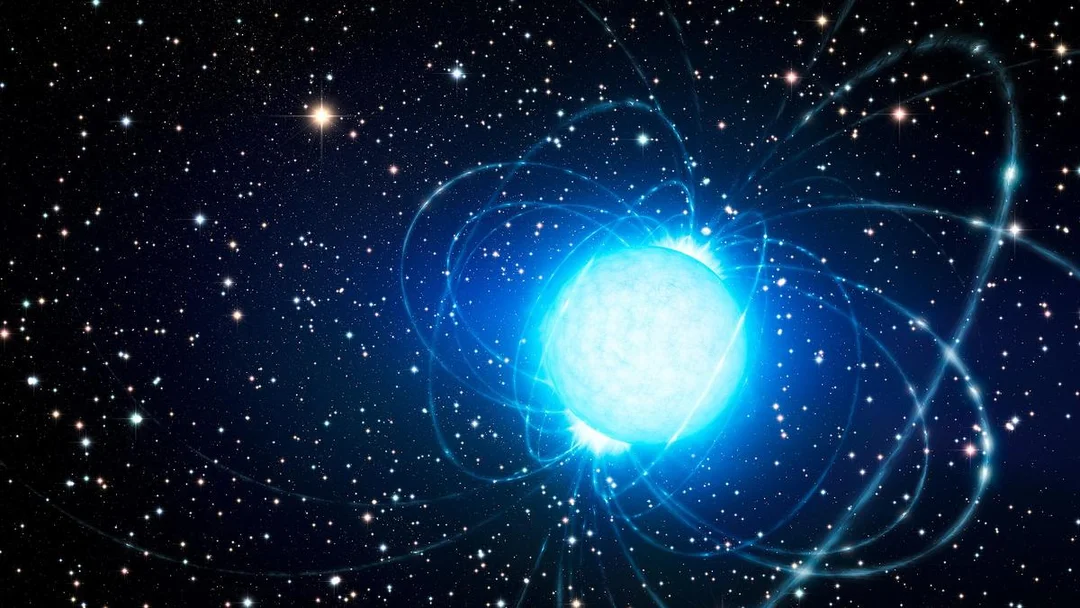
Exploding Magnetars: The Cosmic Forges Behind Your Gold Wedding Ring?
Where does gold come from? For decades, scientists have been unraveling the mysteries of the universe, seeking to understand the origins of its most precious elements. Now, a groundbreaking new study suggests that exploding magnetars, ultra-dense and magnetic remnants of supernova explosions, may be the answer.
These cosmic powerhouses could be responsible for forging heavy elements like gold, platinum, and uranium. The discovery has deep implications for our understanding of galactic chemical evolution and even the formation of planets and life itself.
A recent study published in The Astrophysical Journal Letters sheds light on this fascinating phenomenon. Researchers, led by Anirudh Patel from Columbia University, analyzed decades-old telescope data and uncovered evidence suggesting that magnetar flares can eject heavy r-process elements into space.
Magnetars are rare types of neutron stars, extremely dense and packed with magnetic energy so strong it can twist atoms apart. According to Todd A. Thompson, scientists knew these elements could only form in special conditions through a method called the r-process (or rapid-neutron capture process), a set of unique and complex nuclear reactions.
The evidence became clearer after studying the reflection of the historic 2004 SGR 1806–20 magnetar flare off the moon. By analyzing it, researchers determined that the radioactive decay of the resulting ejecta lined up with theoretical predictions about magnetar flare energies.
This theory aligns with a previous discovery in 2017, where the collision of two neutron stars was directly observed creating heavy metals. However, further evidence suggested that magnetar flares are key to heavy element creation as they could potentially generate these elements faster and earlier in the universe's lifespan.
"It’s answering one of the questions of the century and solving a mystery using archival data that had been nearly forgotten," said Eric Burns, study co-author and astrophysicist at Louisiana State University in Baton Rouge. The study proposes that magnetar giant flares could contribute up to 10% of the total abundance of elements heavier than iron in the galaxy.
The process involves bursts of radiation, known as giant flares, released when the crust of a magnetar cracks, causing a “starquake.” The energy from these occurrences may help forge heavy elements through the rapid neutron-capture process.
These findings have exciting implications for understanding fast radio bursts and cosmic evolution. Although magnetar flares are difficult to observe due to their rarity and short duration, future missions like NASA’s Compton Spectrometer and Imager (COSI) could provide more information. Scheduled for launch in 2027, COSI will survey the Milky Way for energetic events, further exploring the creation of heavy elements in the universe.
This research not only illuminates the origins of precious metals like gold and platinum, but also provides insights into how these elements are distributed throughout the cosmos, ultimately shaping the planets and life itself.
What do you think about the implications of this research? Could exploding magnetars be the key to understanding the universe’s most fundamental building blocks? Share your thoughts and let us know in the comments below!